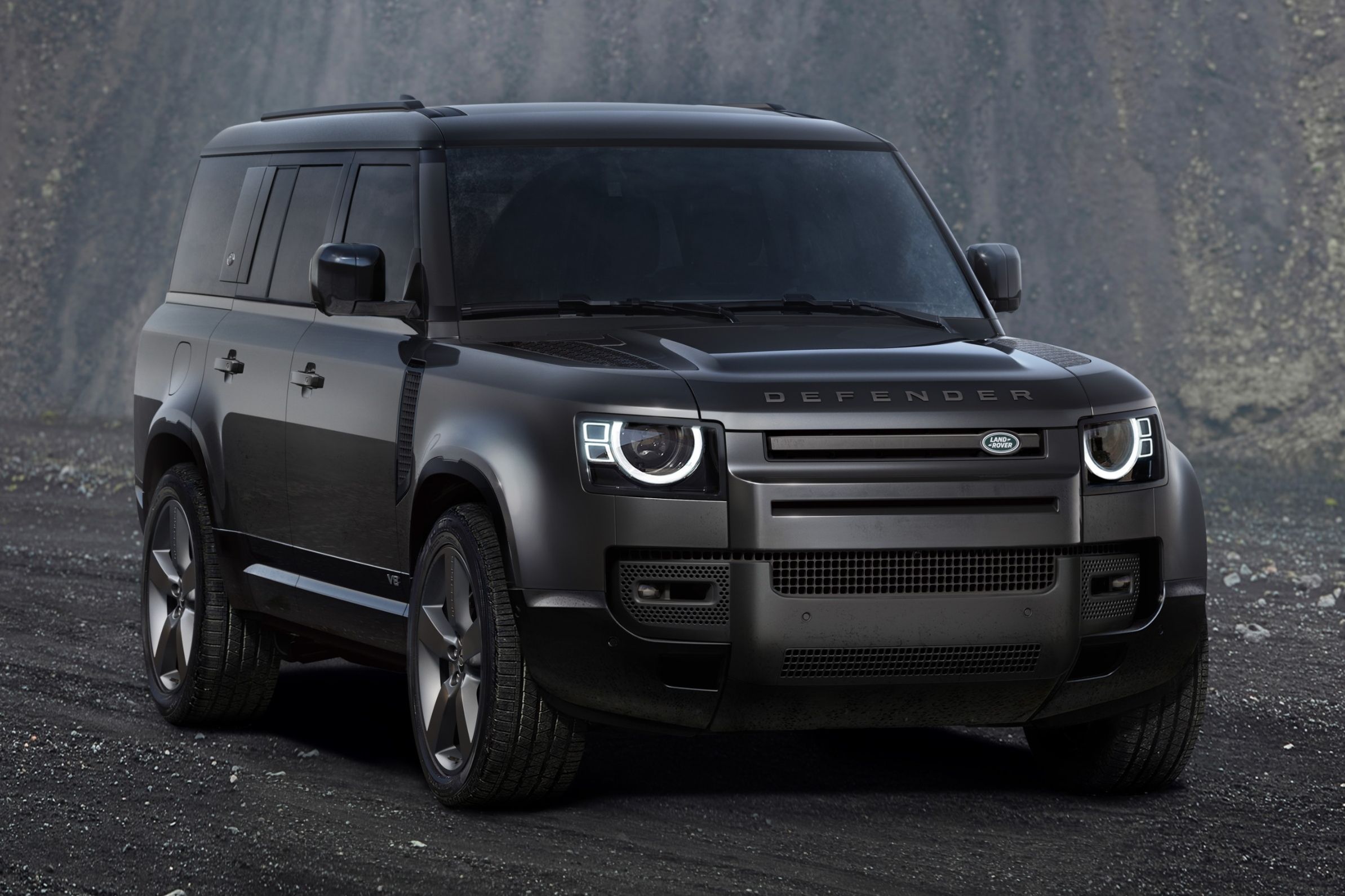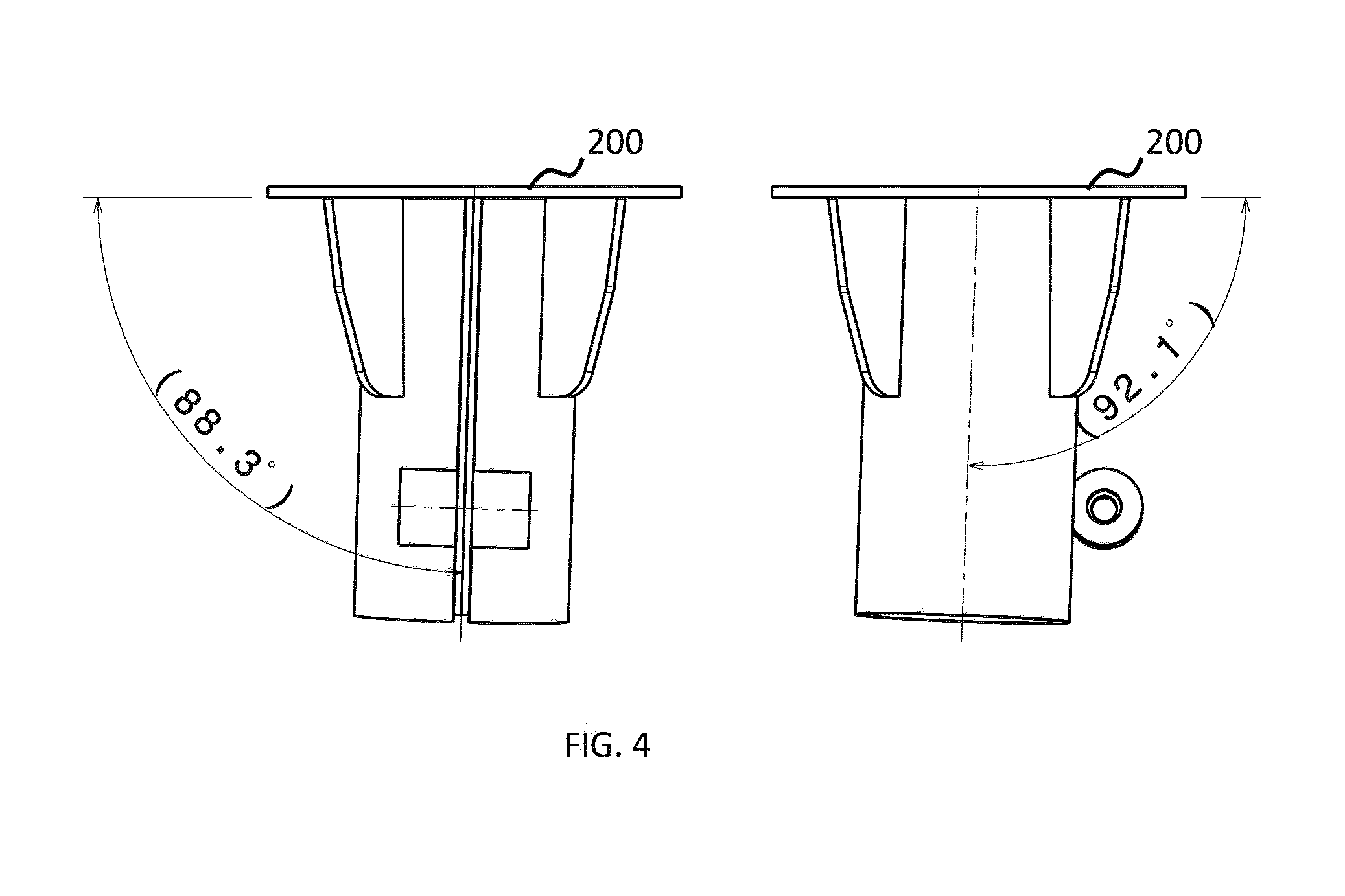
Land Rover has earned a solid reputation in the general off-roading arena, but two new patents suggest that the British manufacturer may be planning to enter the world of off-road endurance racing as well. Historically, motorsport has not been a priority for Land Rover itself, although Bowler (a Land Rover subsidiary since 2019) has experienced some success with Land Rover-based racing machines years ago.
These off-road racing aspirations are now kicking into a higher gear, as is evident in two patents found by CarBuzz at the World Intellectual Property Organization. The first patent details a roll cage right down to the spare wheel mounting, and the second patent involves a new bump stop design intended specifically for multi-link suspension systems used with a unibody vehicle, but specifically shows how this system would mount to a roll cage.
In combination, these patents indicate that a Land Rover Defender could be under development for off-road racing duties, because this particular combination of body construction and suspension design are key features of the new Defender. And, given the advanced development of these patents, it's not impossible that a new Defender-based contender could be entered into off-road endurance races such as the Dakar Rally or the Abu Dhabi Desert Challenge very soon.
There isn't anything particularly noteworthy about the spaceframe's design, but the hydraulic bump stops are somewhat novel. Bump stops are fitted to all vehicles to contain excess suspension movement at the upper end of the suspension travel, and are usually made of rubber and mounted on a suspension arm on one side and either on the body or subframe on the other side.
As the suspension approaches its maximum compression, the two rubber elements make contact with each other to restrict further suspension movement. Because rubber is compressible, this cushions the suspension movement when it reaches its upper limit, but there is no damping available in such a maximum-compression condition, so there is less control over the wheel movement in extreme situations.
Substituting the normal rubber bump stops for hydraulic cylinders solves this problem. Viewing them as reconfigured shock absorbers, hydraulic bump stops can offer a progressive limiting function to the suspension travel, with some damping built-in to dissipate more energy than would be possible with rubber stops.
The Land Rover patent extends its clever design to the angle at which the bump stops are positioned. The bump stops are positioned slightly offset from a perpendicular angle, to compensate for angle deviations during the bump stop's operation, thus minimizing the lateral loads on the bump stops to give finer control. The upper bump stop is also mounted on an extended subframe member to enable this mounting angle.
The Defender that will most likely be used as a base racing vehicle is the short-wheelbase Defender 90 because it's the ideal size for this racing formula, and the roll cage drawing appears to confirm this. Bowler has entered its Wildcat and Nemesis, which were loosely based on the original Defender and Range Rover Sport models, respectively, in these races, but its success was limited. More recently, there have been Bowler Defender Challenge racers, but they've never been quite hardcore enough to tackle the Dakar. However, with proper factory backing and clever thinking, as shown in these patents, there could be a Defender among the front runners in a future Dakar Rally.

